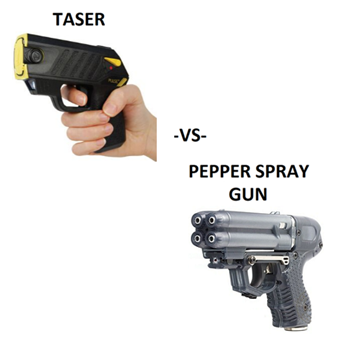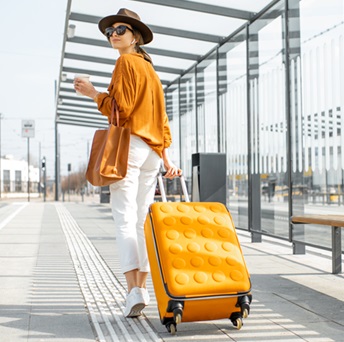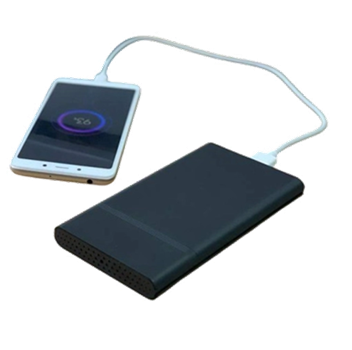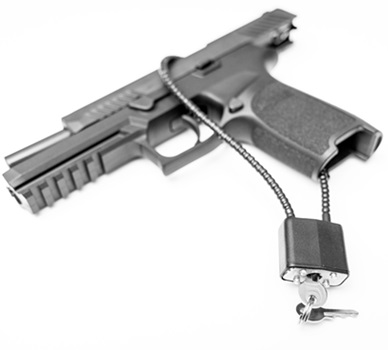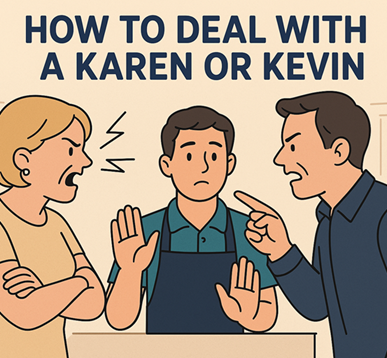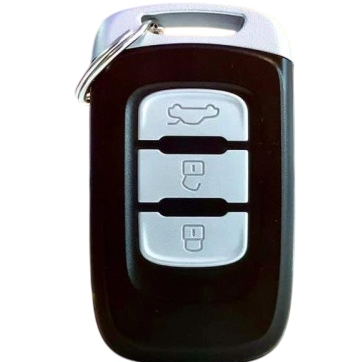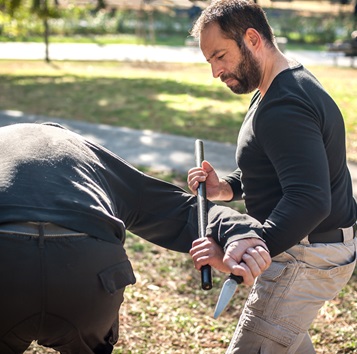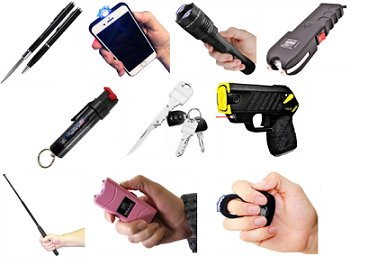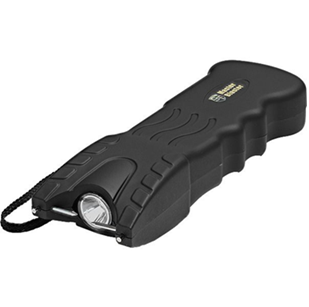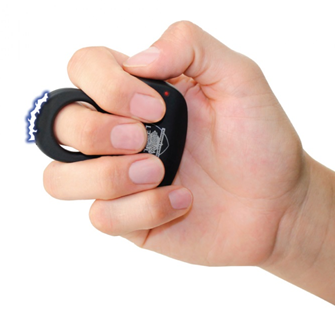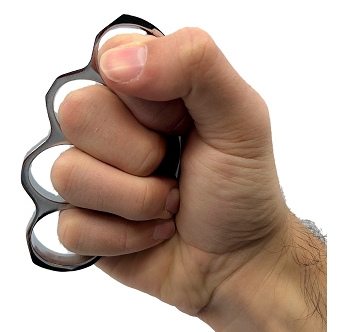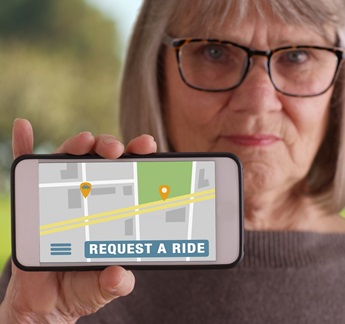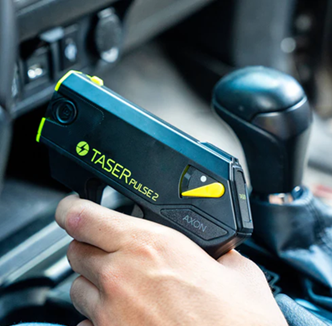The Hidden Dangers of Full-Face Snorkel Masks
 When planning a tropical vacation, snorkeling often tops the list of exciting activities. The idea of gliding through clear waters, witnessing vibrant marine life up close, appeals to adventurers and casual tourists alike. With the growing popularity of full-face snorkel masks, this activity seems even more accessible, offering convenience and a panoramic underwater view. But recent incidents, like the couple who recently drowned in Hawaii (see video below), have cast a shadow over their use, with tragic accidents shedding light on potential dangers. This post will explore those risks, how to choose the safest equipment, and steps to protect yourself while snorkeling.
When planning a tropical vacation, snorkeling often tops the list of exciting activities. The idea of gliding through clear waters, witnessing vibrant marine life up close, appeals to adventurers and casual tourists alike. With the growing popularity of full-face snorkel masks, this activity seems even more accessible, offering convenience and a panoramic underwater view. But recent incidents, like the couple who recently drowned in Hawaii (see video below), have cast a shadow over their use, with tragic accidents shedding light on potential dangers. This post will explore those risks, how to choose the safest equipment, and steps to protect yourself while snorkeling.
The Rise of Full-Face Snorkel Masks
Full-face snorkel masks have revolutionized the way people experience snorkeling. Traditional snorkeling gear consists of two separate components: a mask that covers the eyes and nose, and a snorkel tube used for breathing through the mouth. For beginners, this design can feel awkward, as breathing through the mouth takes getting used to. Enter full-face snorkel masks, which offer an integrated design allowing you to breathe naturally through both the nose and mouth. The mask covers the entire face, and the snorkel is affixed at the top, creating a seamless experience for novices.
Their design also provides a 180-degree field of view, significantly improving visibility underwater. For people less familiar with swimming, the combination of natural breathing and a wide view is appealing. These masks became an instant hit, especially among tourists in destinations like Hawaii, where snorkeling is a key attraction. However, their popularity has coincided with growing concerns about safety risks.
The Hidden Dangers: What Went Wrong?
While full-face snorkel masks seem like a perfect solution, experts and users have identified several critical flaws in their design. These concerns became alarmingly clear when Sophia Tsaruk and her husband tragically drowned while snorkeling off the coast of Hawaii. Their deaths, along with other incidents, have raised red flags about the safety of these masks.
1. CO2 Buildup
One of the most significant concerns with full-face snorkel masks is the potential buildup of carbon dioxide (CO2). These masks have more "dead space"—the area where exhaled air collects before being fully expelled from the mask—compared to traditional snorkels. Inhaling too much of this CO2 instead of fresh air can cause dizziness, confusion, or even unconsciousness. Dr. Philip Foti, an Oahu-based pulmonologist, warned about this issue, noting that users might feel disoriented due to CO2 buildup, which can lead to dangerous situations underwater.
When you’re disoriented or lightheaded, responding quickly to an emergency becomes much harder. This risk is amplified for inexperienced snorkelers, who may already feel anxious in the water. If someone blacks out due to high CO2 levels, drowning can happen quickly.
2. Leaks and Fogging
Unlike traditional snorkel masks that use silicone seals around just the eyes and nose, full-face snorkel masks require a tight seal around the entire face. However, not all masks offer high-quality seals, and some users report issues with fogging or leakage. Even a slight breach in the seal can allow water into the mask, which can quickly escalate into a life-threatening situation. Once water begins to fill a full-face mask, it becomes nearly impossible to breathe. While standard snorkels allow you to continue breathing through the tube if the mask leaks, full-face masks cover the mouth, limiting your options.
Imagine trying to remove a large mask while underwater, possibly dealing with fogged vision and water pouring into the mask—it’s a scenario that can easily lead to panic, especially for less experienced swimmers.
3. Difficulty Removing the Mask in Emergencies
In emergency situations, quick and easy removal of your snorkel mask is vital. Full-face snorkel masks, unfortunately, have a more complex removal process due to their straps and large size. The masks typically feature straps that go around the head, creating a secure fit. But in a panic, removing these masks can be challenging, especially for someone who is already disoriented or underwater. In contrast, traditional snorkel masks can be easily taken off if water enters or an emergency arises.
If a full-face mask begins to leak, filling up with water, the user must stay calm enough to release the straps and remove it efficiently. In a state of panic or disorientation—especially if caused by CO2 buildup—this becomes much harder to accomplish.
Recent Incidents and Growing Concerns
Sophia Tsaruk’s death is just one of several tragic incidents linked to full-face snorkel masks. In 2018, nine people died while snorkeling in Maui, with at least two of those fatalities involving full-face snorkel masks. Ed Taomoto, the Maui Fire Department’s chief, noted that they have seen an increase in drownings associated with the use of these new masks, though he also pointed out that correlation doesn’t necessarily mean causation.
The increase in these incidents has spurred debate within the snorkeling community, with some calling for bans or stricter regulations on full-face snorkel masks. Tour operators in Hawaii, like those with Hawaii Ocean Project, have stopped offering these masks to guests until further research is done, citing concerns over their safety.
How to Stay Safe While Snorkeling
Given the risks associated with full-face snorkel masks, it's essential to take precautions to ensure your safety when venturing into the water. Here are a few tips to keep in mind:
-
Choose Reputable Brands: Not all full-face snorkel masks are created equal. Brands like SEAC Libera and Ocean Reef Aria have undergone testing for safe CO2 levels, offering features like quick-release straps and improved ventilation to reduce the risk of CO2 buildup.
-
Get Professional Training: Snorkeling may seem simple, but it’s important to familiarize yourself with the equipment and basic techniques. Many snorkeling accidents occur when people overestimate their abilities and venture into the water without proper training.
-
Snorkel with a Buddy: Always snorkel with a partner, even in shallow waters. If something goes wrong, having someone nearby who can assist you or call for help can make all the difference.
-
Stick to Traditional Snorkel Masks: If you’re concerned about the risks of full-face masks, consider using traditional two-piece snorkel equipment. These masks are time-tested, easier to remove in emergencies, and allow for clearer airflow through the snorkel tube.
-
Be Aware of Your Surroundings: Many snorkeling accidents happen when people get caught in strong currents or venture too far from the shore. Always be mindful of the conditions and follow safety guidelines.
Conclusion
While full-face snorkel masks have introduced convenience and broader appeal to the snorkeling experience, they also come with hidden dangers that should not be ignored. Tragic incidents, like the drowning of Sophia Tsaruk and her husband, remind us that no piece of equipment is foolproof. By understanding the risks and taking proactive safety measures, you can enjoy your snorkeling adventure while minimizing potential dangers.
Company Info
Customer Service
Product Information
- TASER® and Stun Devices Regulations by State
- TASER® Safe Escape Product Replacement Guarantee
- TASER® Comparison Chart
- TASER® User Manuals
- TASER® Warranty Info
- Byrna Product Catalog
- PepperBall Manuals & Spec Sheets
- Pepper Spray Laws
- Air Gun Laws
- States that Restrict Automatic and Butterfly Knives
- Our Print Catalog



























